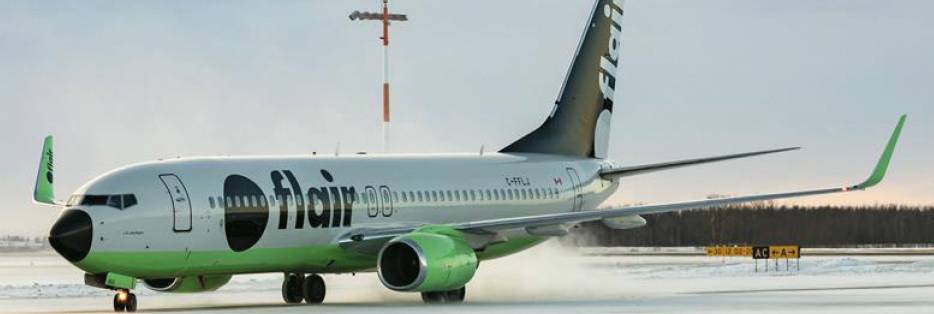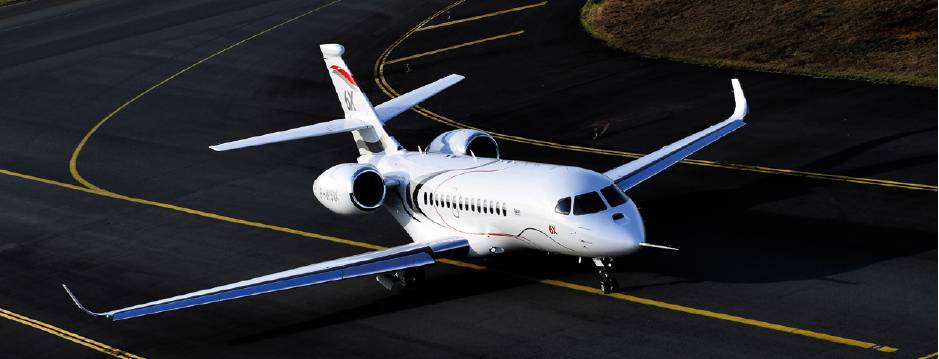SPACEFLIGHT
 Gateway FoundationDevelopers plan luxury ‘space hotel’ by 2030
Gateway FoundationDevelopers plan luxury ‘space hotel’ by 2030
A space construction company has revealed ambitious plans to build the world’s first luxury ‘space hotel’ in LEO. The Gateway Foundation says construction of its Voyager Station would begin in 2026, with the hotel expected to open to tourists by 2030. A ring-shaped space station, it would have capacity for 280 guests and 112 crew, and would rotate to provide artificial gravity.
China and Russia to team up on Lunar base
Russia has announced that it will not continue its current partnership on the International Space Station (ISS) with the US onto the proposed NASA-led Lunar Gateway space station – which has already seen space agencies from Europe, Canada and Japan agree to co-operate on this project. Instead, Russia’s space agency, Roscosmos, has signed an agreement with the Chinese space agency, CNSA, to build an ‘international lunar science station’ on the surface or in orbit around the Moon that would be operational in the 2030s. Other nations would also be invited to join. Notably, Russia has not signed the US-sponsored Artemis Accords, which outline guidelines for peaceful co-exploration and exploitation of the Moon.
DEFENCE
Turkish Aerospace unveils electric unpiloted attack helicopter
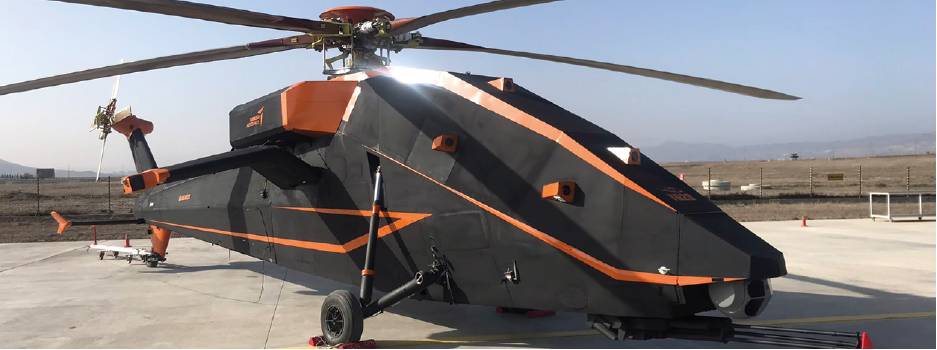 TAI
TAI
Turkish Aerospace has released the first photos of a new unpiloted six-ton attack helicopter, the T629 ATAK, it has rolled out. Details are scarce but the UAV is said to be electric or hybrid electric-powered and is based on the piloted twin-seat T129 attack helicopter, with the cockpit faired over and batteries where the crew would sit.
USAF mulls ‘clean sheet’ F-16 replacement
The USAF has said that it intends to study the potential for replacing its Lockheed Martin F-16s with a new ‘clean sheet’ Generation 4.5 or -5 multirole fighter. Revealed by the US Air Force Chief of Staff, Gen Charles Brown, the service is set to start a study on its mix of fighters which could include a new ‘Four and a half or fifth-gen minus’ platform to replace 1970s-era F-16s and a more affordable fighter than F-22 and F-35s. While new-build, updated F-16s have been proposed, Brown said: “I want to be able to build something new and different that’s not the F-16 – that has some of those capabilities but gets there faster and features a digital approach.”
UK publishes Integrated Review
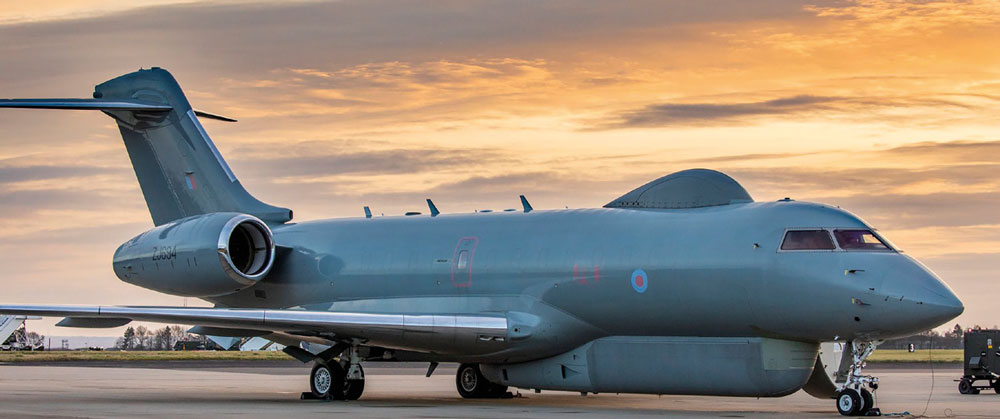 MoD
MoD
The UK has published its long-awaited Integrated Review of Security, Defence, Development and Foreign Policy, setting out its ambitions for the UK to become a science and technology superpower, while modernising forces for 21st Century threats. While FCAS/Tempest will receive £2bn over the next four years and defence R&D will see £6.6bn injected in the same period, there will be early retirements for RAF aircraft, including 24 Tranche 1 Typhoons by 2025, 14 C-130Js by 2023, four BAe 146s, 36 Hawk T1s by 2025, as well as Sentinel R1 and E-3D Sentry fleets to be withdrawn this year.
AEROSPACE
New Zealand start-up reveals HAPS plans
 Kea Aerospace
Kea Aerospace
Canterbury-based Kea Aerospace, a start-up from New Zealand, has revealed plans to develop a solar-powered high-altitude psuedo-satellite (HAPS) drone which could stay aloft for months at a time. The Kea Atmos would have a wingspan of 32m, a payload of 10kg and be able to stay aloft for over 90 days at altitudes of 65,000ft. The HAPS UAV will be initially aimed at the aerial imaging sector.
Ukraine to nationalise Motor Sich
Ukraine’s National Security and Defense Council has announced it will nationalise helicopter and aircraft engine maker Motor Sich and take it into public ownership to avoid a Chinese corporate takeover attempt. China’s Skyrizon is a majority shareholder in Motor Sich but long-standing attempts to take over the rest of the company have drawn disapproval from Washington, with the US State Department placing the company on a blacklist in January 2021. Motor Sich has already assisted China in producing the AL-222-25F jet engine for the Hongdu L-15 advanced trainer and the D-30-KP for the Xian H-6 bombers, as well as smaller turbojets for missiles.
AIR TRANSPORT
Engines shed parts in flight on same day
On 21 February on different sides of the Atlantic, debris was shed by two P&W turbofans in two similar, but apparently unrelated, incidents. In the first incident, parts from a Longview Aviation Boeing 747 freighter injured one woman on the ground after falling from a PW4056 engine during take-off from Maastricht, The Netherlands. Meanwhile, on the same day, a United Airlines Boeing 777 was forced to divert back to Denver after an engine failure of one of its P&W4077s. The aircraft landed safely, with video taken by passengers showing the entire cowling had come off, with the engine also on fire. Initial examination has revealed that two fan blades had fractured.
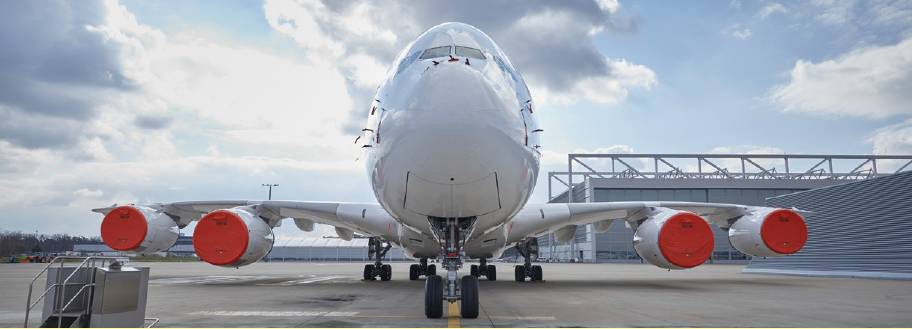 Lufthansa
Lufthansa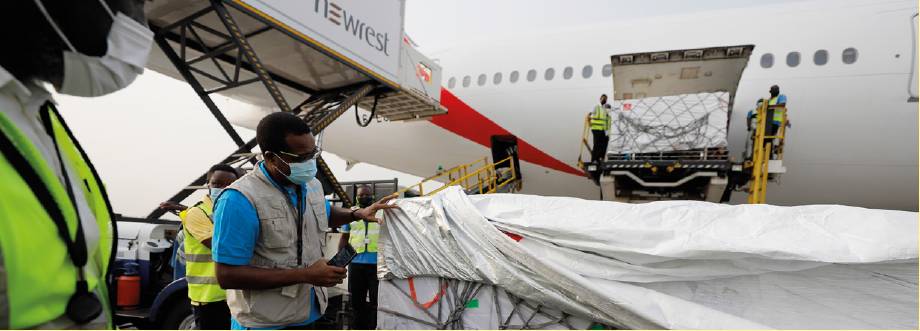 UNICEF
UNICEF



